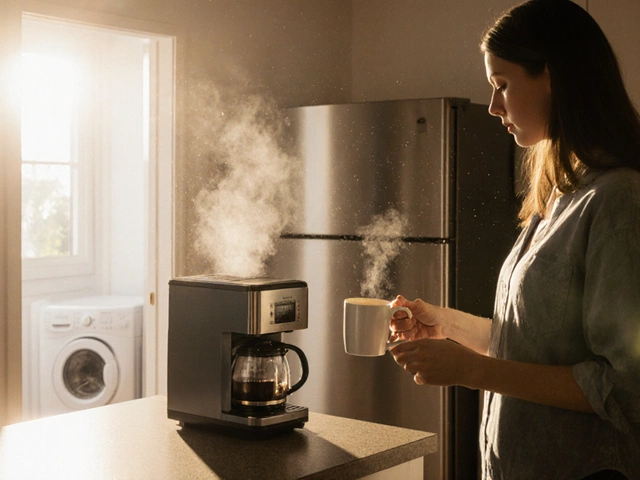DIY Guide to Installing Your Own Extractor Fan
January 12 2025Oven Replacement: How to Know If It’s Time for a New One
We all love a hot, evenly cooked meal, but a stubborn oven can ruin the experience fast. Before you throw money at a brand‑new model, ask yourself: is the problem something a quick fix can solve, or is the whole unit past its prime? Below we break down the most common signs that your oven needs replacing, what repair costs usually look like, and how to pick a replacement that fits your kitchen and budget.
Key Signs Your Oven Should Be Replaced
1. It won’t heat up at all. If the oven stays cool even after you set it to bake, the heating element, igniter, or gas valve is probably shot. A single part can cost $30‑$150, but if you find multiple components failing, the repair bill can climb quickly.
2. Temperature is wildly off. When the thermostat reads 350°F but the food comes out undercooked or burnt, the sensor or control board is likely the culprit. Consistent mis‑reading means you’re wasting energy and food.
3. Frequent breakdowns. Older ovens (10‑15 years) that need service every few months are a red flag. Each call-out adds up, and older wiring can become a safety hazard.
4. Rust or severe wear. Visible rust inside the cavity, cracked door hinges, or a broken seal let heat escape. Repairs can be a band‑aid, but the oven will never be as efficient as a fresh unit.
5. Outdated features. If your oven lacks basic functions like a timer, self‑clean, or convection, you might be missing out on energy savings and cooking versatility.
Repair vs. Replace: When Does It Make Financial Sense?
Most professionals use the 50‑rule: if the repair costs more than half the price of a comparable new oven, replace it. A typical gas oven replacement runs $600‑$1,200 installed, while electric models can be slightly cheaper. If a single repair tops $300, start comparing new models.
Labor adds another $80‑$150 per hour. A simple heating‑element swap takes about an hour, but a faulty control board or gas valve can double the time. Ask your local gas engineer for a written estimate before they start work.
Safety should be the top driver. Faulty gas connections can cause leaks, and a failing electric oven may spark a fire. If you smell gas or notice sparking, turn off the supply and call a certified engineer immediately – replacement is almost always the right call.
When you decide on a new oven, consider these quick tips:
- Size matters. Measure the width, height, and depth of your current unit and leave a few centimeters for ventilation.
- Energy rating. Look for A+ or higher; modern ovens use 20‑30% less power.
- Fuel type. If you have a gas line, choose a gas model to avoid extra installation costs.
- Features you use. Convection, steam, or smart‑phone control can be worth the extra cash if they match your cooking style.
Replacing an oven is a chance to upgrade your kitchen’s efficiency and safety. Still, don’t discount a good repair if the issue is isolated and the oven is relatively new. A qualified Bedford gas engineer can give you a clear picture, help you weigh costs, and ensure any work meets local safety codes.
Bottom line: if your oven is over ten years old, constantly mis‑behaving, or asking for expensive fixes, start shopping for a replacement. If it’s a single faulty part and the rest of the unit runs smooth, a repair can save you a few hundred pounds. Either way, keep safety first, get a proper quote, and enjoy cooking without the hassle of a temperamental oven.
 5 Jul
5 Jul
Should You Repair or Replace an 8-Year-Old Oven? Expert Advice & Real Costs
Debating whether to repair or replace your 8-year-old oven? Learn about real repair costs, expected lifespan, and practical tips to help decide what’s worth it for your kitchen.
Read More...



